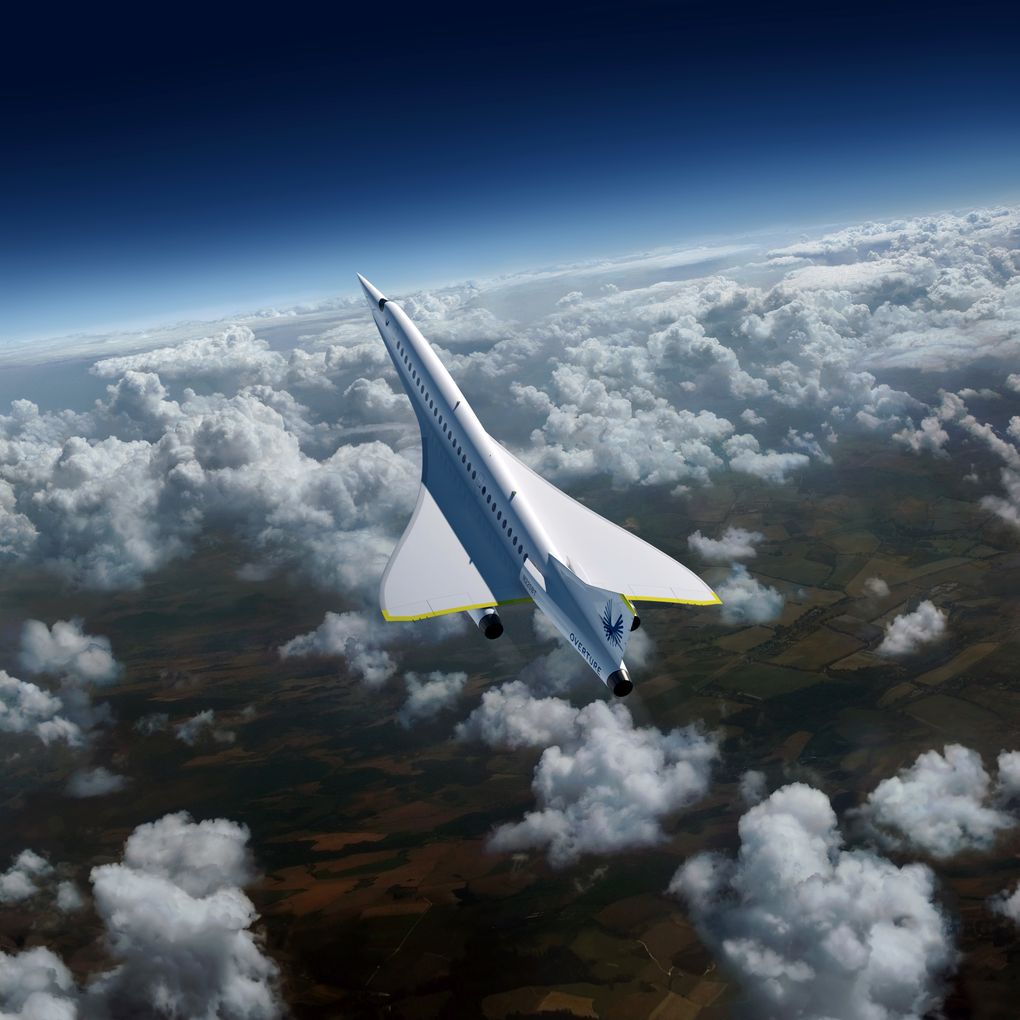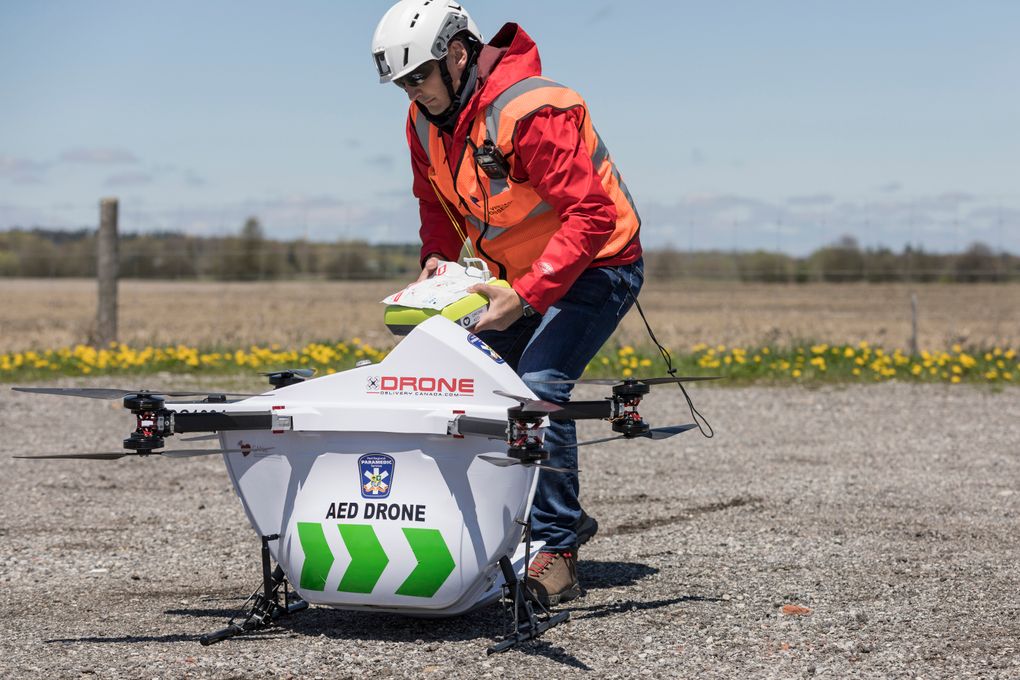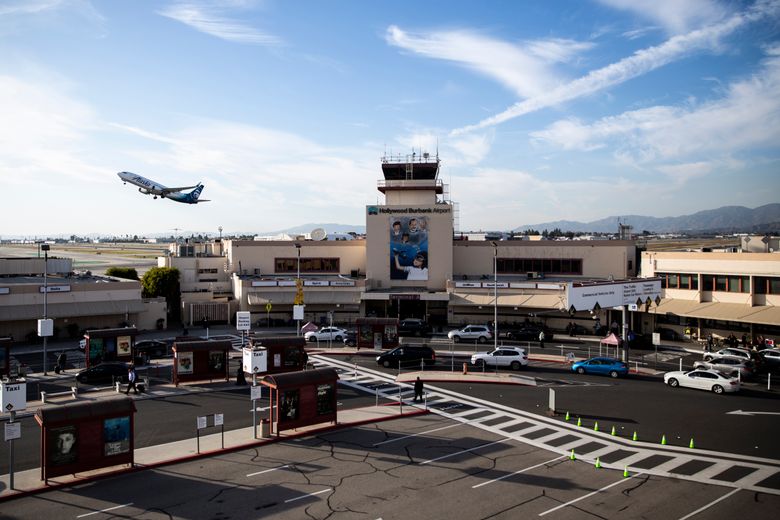Just before Christmas, the city of Los Angeles sued the Federal Aviation Administration (FAA).
“The FAA has put an endless caravan of low-flying planes over homes, schools and parks,” David Ryu, a Los Angeles city councilman, told reporters when the suit was filed.
While criticizing the effect, few would have found fault with the FAA’s intent, which was to allow airlines at many airports around the country to cut fuel consumption and carbon emissions. But by flying in more concise airways at these airports, including Hollywood Burbank, neighborhoods once out of the flight paths were suddenly exposed to jet noise. Several communities in addition to Los Angeles have challenged the FAA’s program.
(In Seattle, a similar plan for a satellite-guided precision path was only partly implemented, defeated by the complexity of both the technology and the politics of changing flight paths over residential neighborhoods. The result raised opposition on Vashon Island while completely failing in the plan’s major purpose: to reduce overflights to the north of the city.
And residents of Burien won a lawsuit that has at least delayed a flight path change that concentrated air traffic over their community.)
That promising technology should unleash widespread dismay is a lesson for an industry advancing on many fronts. Drone deliveries to homes and offices have been widely publicized, while the effort to bring back supersonic air travel may be less known. And the futuristic scenario in which pilotless air taxis fly across cities still seems fantastical.
But real-world models of these concepts are already being tested, and they stand to significantly alter the public’s relationship with flight. As the sight and sound of aircraft become more integrated into everyday life, will unanticipated consequences set off civic outrage, like those new air traffic patterns in Los Angeles?
“There’s excitement about those developments and thorny policy discussions,” said Melinda Pagliarello, senior director of environmental affairs for the industry group Airports Council International-North America. “Aside from the Jetsons-like ‘look at the cool technology,’ there are policy discussions that have to be had.”
That is easier said than done. Even those with a financial stake in these emerging technologies are not sure how everything will play out.
“We think about this every day, the plus and the minus,” said Duncan Walker, co-founder and chief executive of Skyports, which builds and manages airports that can be used for vertical takeoff-and-landing aircraft. Some consequences can be planned for but others, particularly those that affect people’s lives and social behavior, are more challenging. “Trying to predict what people do is tough,” he said.

Supersonic transport
Supersonic transport (SST) is not new — the Concorde flew from 1976 until 2003 — so some predictions can be made. If SSTs are to work this time, a better business model and access to more travelers are needed, according to Blake Scholl, founder and chief executive of Boom Supersonic.
“It’s going to be affordable to anyone who can fly business class today, so think $5,000 round-trip, New York to London,” Scholl told the podcast “Should This Exist,” speaking about the 55-seat Overture supersonic transport Boom is working on.
The most obvious impact will be on carbon emissions. Supersonic transports could eat into the airline industry’s effort to reduce its footprint because the planes consume more fuel per passenger than existing airliners. A spokesman for Boom said 1,000 to 2,000 Overture airliners could be flying within the first 10 years of service.
“Over their lifetimes, 2,000 commercial SSTs would emit carbon dioxide equal to one-fifth of the entire carbon budget of international aviation,” said Dan Rutherford, author of a study on the environmental effects of these aircraft for the International Council on Clean Transportation.
“This would make even more challenging the industry’s goal of halving CO2 emissions,” Rutherford’s report said.
Reviving these planes during a time of rising discontent with the unbridled growth of air travel has already prompted pushback.
“Bringing back supersonic transport made the hairs on the back of my neck stand up,” said Greg Lindsay, director of applied research at the urban-focused nonprofit NewCities and a co-author of “Aerotropolis: The Way We’ll Live Next.”
“It’s a distillation of the promise of air travel that we can be like gods and travel the Earth and be everywhere at once. But why do you need to straddle the Earth in a single day?”

Drone deliveries
Forty-five countries either allow or will soon allow drone deliveries, according to a survey by the industry website Unmanned Airspace. But the technology is far more advanced than the systems needed to control the airspace.
“There is complexity in that there are many vehicles flying at the same time,” said Isabel Del Pozo de Poza, director of unmanned traffic management for Airbus. “Drones are automated; you cannot speak to them. Air traffic management still relies on voice communications.”
Despite an impression that soon everyone will be receiving purchases via drone, the present technology is more suited for business-to-business applications, deliveries in hard-to-access locations, and when speed is a priority, said Michael Zahra, president and chief executive of Drone Delivery Canada.
“In South Texas and South Louisiana, there are 3,000 oil rigs off the coast. They have to get parts and supplies from shore to rig and from oil rig to oil rig,” Zahra said. A drone is “cheaper than a helicopter and more reliable than Bob in his boat.”
Because most drones are battery operated, they will have a lower carbon footprint than other transportation modes, though the benefits will be weighed against the support required: conventionally powered warehouses, drone ports and charging stations.
As commercial drones get bigger, lift more, fly farther and become more abundant, they will lead the way in shaping public opinion about whether the sky should become a commercial highway.
“People do care, especially if it’s newfangled,” said Patrick Sherman, a drone pilot and consultant to the industry. “If we can take anything from the first years, it is that people are suspicious of these kinds of aircraft moving through the skies.”
Urban air mobility
Generally speaking, urban air-mobility vehicles are grown-up drones that can carry people.
EHang, a Chinese company, is already testing a pilotless aircraft that can carry two passengers. It has an arrangement to begin flights in the city of Guangzhou. Uber Elevate wants to begin flights in 2023 in two cities in the United States as well as in Melbourne, Australia.
We need your support
In-depth journalism takes time and effort to produce, and it depends on paying subscribers. If you value these kinds of stories, consider subscribing.
“Twenty years from now, there should be several hundred thousand” of these aircraft, said Fred Reid, global head of transportation for Airbnb, and the former president of a company developing urban air-mobility vehicles. “This is very much a case of when and not if.”
Assuming he is right, aviation cannot help but become a more noticeable part of daily life. Sky ports will be needed to connect transportation hubs to one another in cities and to link them to outlying communities.
“We think about this every day, the pluses and the minuses,” Walker said. “It’s hard to get an answer from people until they can see and touch things.”
Eric Allison, head of Uber Elevate, said his company was committed to working with communities on the selection of sky ports, though the sites would still have to make logistical sense.
“To get off the ground we have to be intelligent and deliberate about how we pick the sky ports,” Allison said, “connecting buses and public transit and cars to make more mobility and give people options.”
Critics say it’s ironic that Uber is promoting the benefits of air transport over traffic-jammed streets, considering the role that ride-hailing services have played in creating terrestrial congestion. The San Francisco County Transportation Authority says shared rides were responsible for a 50% increase in traffic between 2010 and 2016.
Lindsay of NewCities said that escaping to the sky could mean problems on the ground are ignored. He pointed to São Paulo, Brazil, where hundreds of helicopters ferry those who can afford it over highway gridlock.
“That’s not about public transportation, that’s about the very wealthy exiting from the sky from the traffic problems on the ground,” Lindsay said.
While EHang has moved quickly in China, progress in urban air mobility in the United States will be slower. Aircraft have to be certified and airspace redefined. Air traffic systems and urban sky ports need to be approved and built. “A complex ‘system of systems’ is required, Del Pozo de Poza said.
Those who have experience with new aviation technologies say that delays offer a chance to keep people informed and to anticipate problems. Even so, there will be mistakes.
“We don’t have all the answers right now. It will be something that evolves and the industry won’t get it right first time around,” Walker said. “Society will either adopt or there will be resistance and the dynamics might have to change.”
Seattle Times staff contributed to this report.



